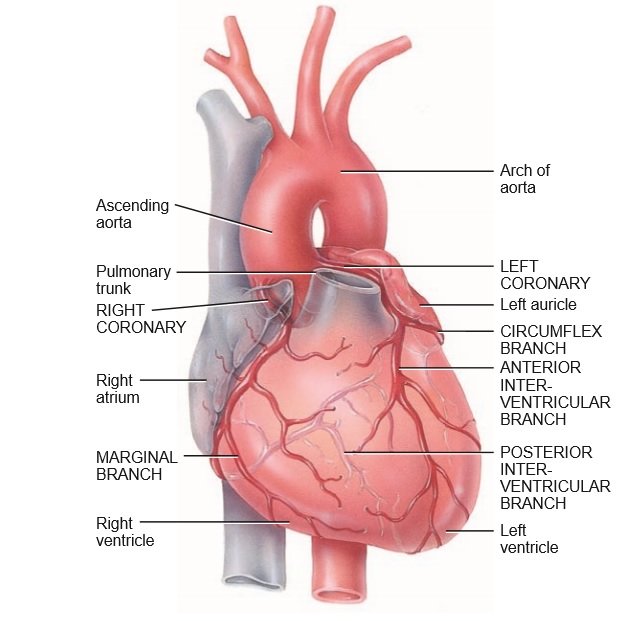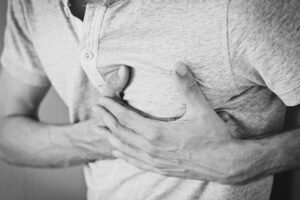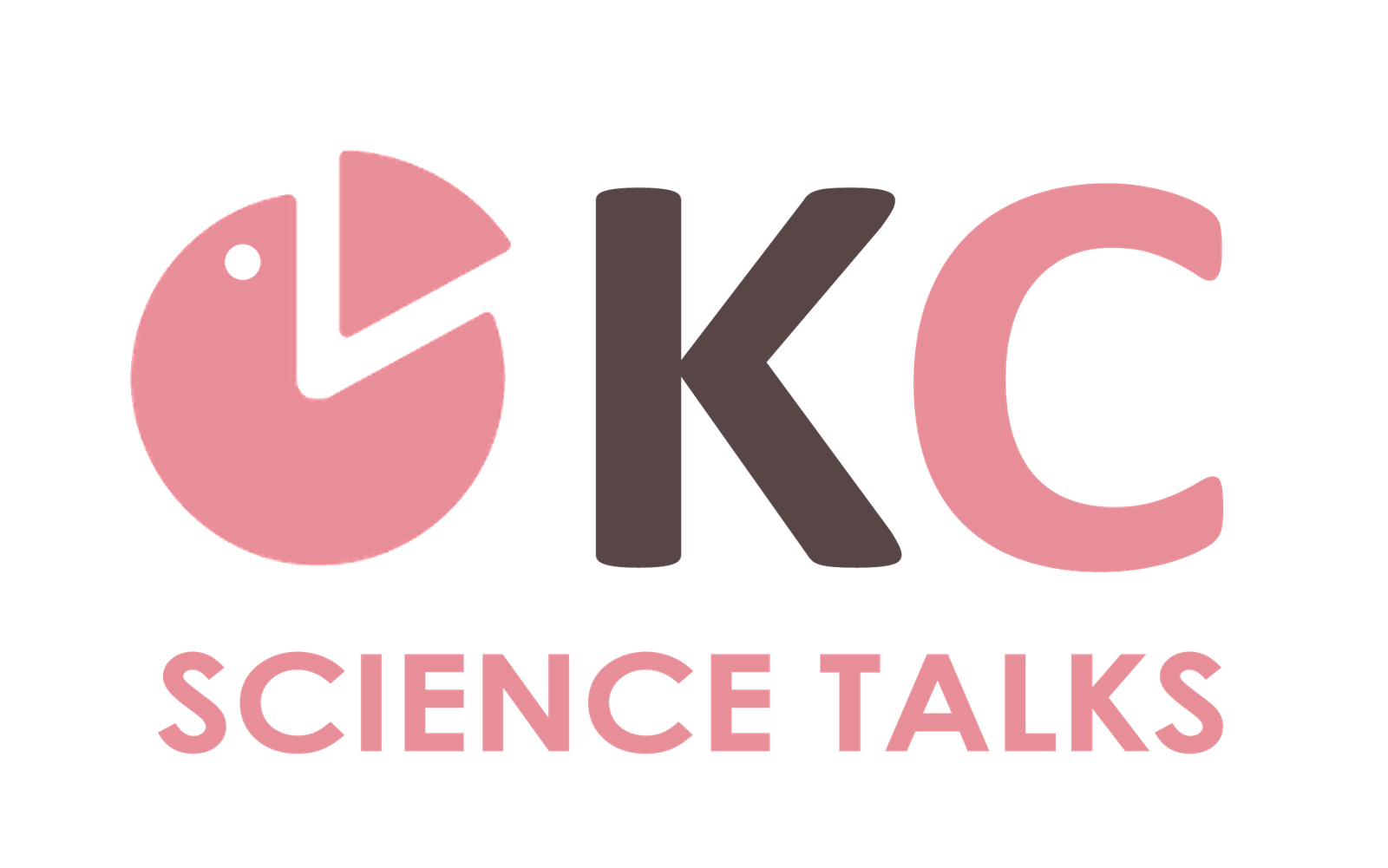What can cause a heart attack ?
Table of Contents
A heart attack is caused by decreased or absolute cessation of blood supply to the myocardium (heart muscles). It occurs due to formation of plaques on the interior walls of the coronary arteries (arteries which supply blood to our heart) resulting in reduced blood flow to the heart. Reduced blood flow injures heart muscles because of lack of oxygen supply.
Heart attack could be silent as well and can go undetected or it could be a destructive event leading to deterioration of blood flow to the various body tissues/organs and can also lead to sudden death of the patient. Most of the heart attacks are caused due to coronary artery disease, which is the major cause of death in United States.

Figure 1: Anterior view of the heart ( coronary arteries shown in the figure )

Figure 2: Plaque formation in the artery
Who is at risk for heart attack?
The following are the risk factors for coronary artery disease, which causes most of the heart attacks.
- Abnormal lipid profile/blood apolipoprotein (raised ApoB/ApoA1)
- Smoking
- Diabetes mellitus
- Hypertension
- Abdominal obesity (waist to hip ratio) (if greater than 0.90 for males & greater than 0.85 for females)
- Moderately high level of plasma homocysteine
- Psychosocial factors such as depression, any kind of stress, financial stress, and life events including job loss, marital separation, and family conflicts.
- Lack of exercise/ physical activity
- Lack of daily intake of fruits and vegetables
- Alcohol consumption
The risk factors given above are modifiable and can be managed by seeking medical help or managing lifestyle. However, some non-modifiable risk factors for heart attack include advanced age, male gender (males can have heart attack earlier in life), genetic reasons (there is an increased risk of heart attack if parents/siblings have a history of cardiovascular disease before the age of 50).

Figure 3: Chest pain during heart attack
Signs of a heart attack
Most common signs of a heart attack are chest pain and shortness of breath. Heart attack often starts with sudden stinging chest pain or pressure in the chest area. Patient can experience the pain for more than five minutes and pain doesn’t get relieved when the person rests. This pain can be mild or strong and can spread from the chest to the left or right arm and can even affect a person’s back, neck or upper abdomen as well.
Apart from chest pain and breathing difficulties the signs of a heart attack may include:
- tightness and pressure in the chest area
- pain or numbness in the upper body that spreads to the shoulder blades, the back of the neck and the jaw
- Feeling Lightheaded/fainting
- Dizziness
- Paleness and cold sweats
Do people with coronary artery disease are more prone to heart attacks?
Heart attacks are more common in people suffering from coronary artery disease for years whereas, there is a set of patients who only find about their heart problem when they have a heart attack.
Signs of a heart attack in a woman
People think that heart attacks are more common in men. But this is not true, however, as compared to men, women develop heart disease 10 years later but chances of survival are severely affected in case of women. A strong reason for this is failure to identify heart attack symptoms. Breathlessness, nausea and vomiting are the main signs of heart attack particularly in women. For this reason, approximately 35 % of the heart attacks in women go unreported and unnoticed. Taken together, signs of a heart attack in a woman are:
- tightness or discomfort in the chest(warning sign)
- nausea and dizziness
- breathlessness
- perspiration
- a sensation of fluttering in the heart, and
- fullness in the chest
What to do in case of a heart attack ?
Heart attack is a medical emergency. Every second counts, life-saving measures should be started as soon as possible. An ambulance should be called immediately. Meanwhile, people who are with the patient can
- try to calm the patient
- put the patient in a comfortable lying position, upper body of the patient should be kept slightly raised,
- loosen tight clothing
- open a window to let in fresh air
- they can be given prescription medication
- if the person passes out, stops breathing and if heartbeat stops, they will need cardiopulmonary resuscitation (CPR) as a first aid measure.

How to prevent heart attack?
A healthy lifestyle plays an important role in maintaining heart health. Here are certain recommendations, based on research, which a person can follow:
- Follow a heart healthy diet: A heart healthy diet includes plant-based diet, maximizing the consumption of whole grains, vegetables, fruits and legumes. Abstain from consumption of meat & meat products as well as refined and processed foods. Among plant-based diets, Mediterranean and vegetarian diets have been associated with numerous health benefits and also lower risk of cardiovascular diseases. These positive effects may be explained by their high content of dietary fibre, complex carbohydrate, vitamins, minerals, polyunsaturated fatty acids, and phytochemicals.
- Maintaining a healthy weight is necessary for heart health. Both overweight and obesity are significant risk factors for cardiovascular diseases. Obesity is a major risk factor because of its association with other risk factors such as diabetes, elevated blood pressure etc. Accumulation of belly fat promotes insulin resistance, leading to glucose intolerance, elevated triglycerides as well as hypertension.
- Maintaining a healthy blood pressure.
- Elevated blood pressure increases the risk of cardiovascular diseases and stroke significantly. Following a heart healthy diet, reducing sodium intake (not more than 2400mg of sodium per day) and engaging in aerobic physical activity, three to four sessions per week lasting 40 minutes per session are highly recommended for maintaining a normal blood pressure.
- Avoid tobacco and smoking.
- Try to keep yourself stress free.
All these steps are key factors that can lower the risk of cardiovascular diseases and enhance quality of life.
